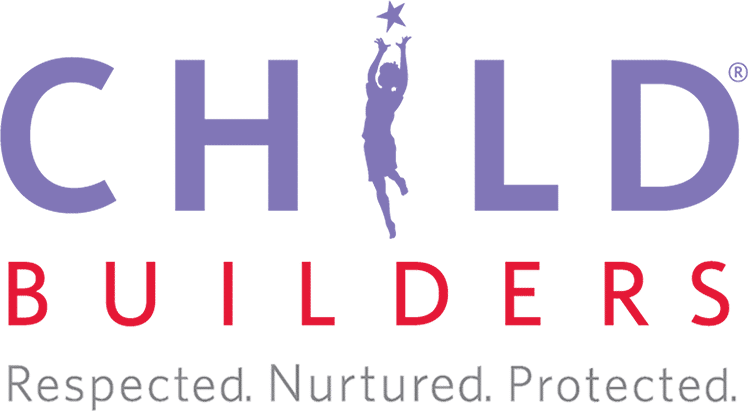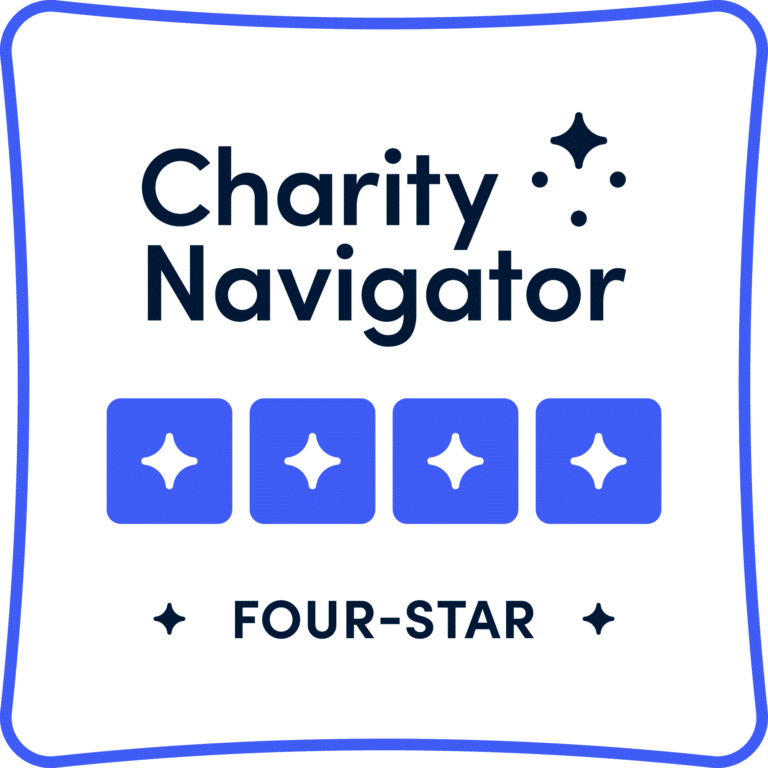In today’s lesson, your child learned about the power of kind words to make someone feel included and valued. When children feel a sense of belonging and connection to a community, they are better able to learn and less likely to misbehave. Using kind words to help others feel a sense of belonging builds caring communities and reduces bullying.
Activity
- In class, your child participated in a similar activity to this one. Ask your child about what happened to Lamb when Bunny said unkind words to help refresh their memory.
- Draw a happy face on a blank piece of paper. You can give the happy face a name. Talk with your child about how the happy face might be feeling.
- Crumple up the happy face into a small, tight ball. Explain that someone said very unkind words to the happy face. Talk to your child about how the happy face might be feeling now – for example, small, insignificant, like trash, sad, or unworthy. Point out that even if the unkind words are not true, they can still be hurtful.
- Now, ask your child what you could say to help the happy face feel better. Remind your child that using kind words helps others feel included and valued, and that is what is needed right now.
- Take turns with your child to say kind words to the happy face. After each kind statement, uncrumple the paper just a little. Encourage your child to focus on specific actions and words of inclusion, not just compliments about clothing or appearance.
- What can you say to help the happy face feel like a friend?
- What can you say so that the happy face feels included?
- How can you help the happy face feel appreciated, wanted, or loved?
- Stop asking for kind words when the happy face is completely flat. Use the last kind statement to smooth out the wrinkles on the paper. There is no set number of kind statements required to flatten the happy face, but six kind statements usually gets the point across.
- After the happy face is completely flat, hold the paper and ask,
- “How does the happy face look?” and
- “How do you think the happy face might be feeling now?
- Point out that the happy face is smiling, but there are still wrinkles from being crumpled. Ask why this might be. Explain that even though the happy face might be feeling a lot better now, unkind words can have a lasting effect. The pain from unkind words can linger just like the wrinkles on the page.
Examples of Kind Words:
- I really like your artwork; can you tell me about it?
- Will you play a game with me?
- Let’s sit and have a snack together.
- Do you want to go for a walk with me?
Use the Emotions Chart to practice recognizing and naming a range of emotions. This can help your child build emotional literacy.
Additional Resources
Kindness is Cooler, Mrs. Ruler by Margery Cuyler (Amazon Affiliate Link)
Words Are Not For Hurting by Elizabeth Verdick (Amazon Affiliate Link)
Positive Discipline: The Classic Guide to Helping Children Develop Self-Discipline, Responsibility, Cooperation, and Problem Solving Skills by Jane Nelson (Amazon Affiliate Link)
Unconditional Parenting: Moving From Rewards and Punishments to Love and Reasoning by Alfie Kohn (Amazon Affiliate Link)



